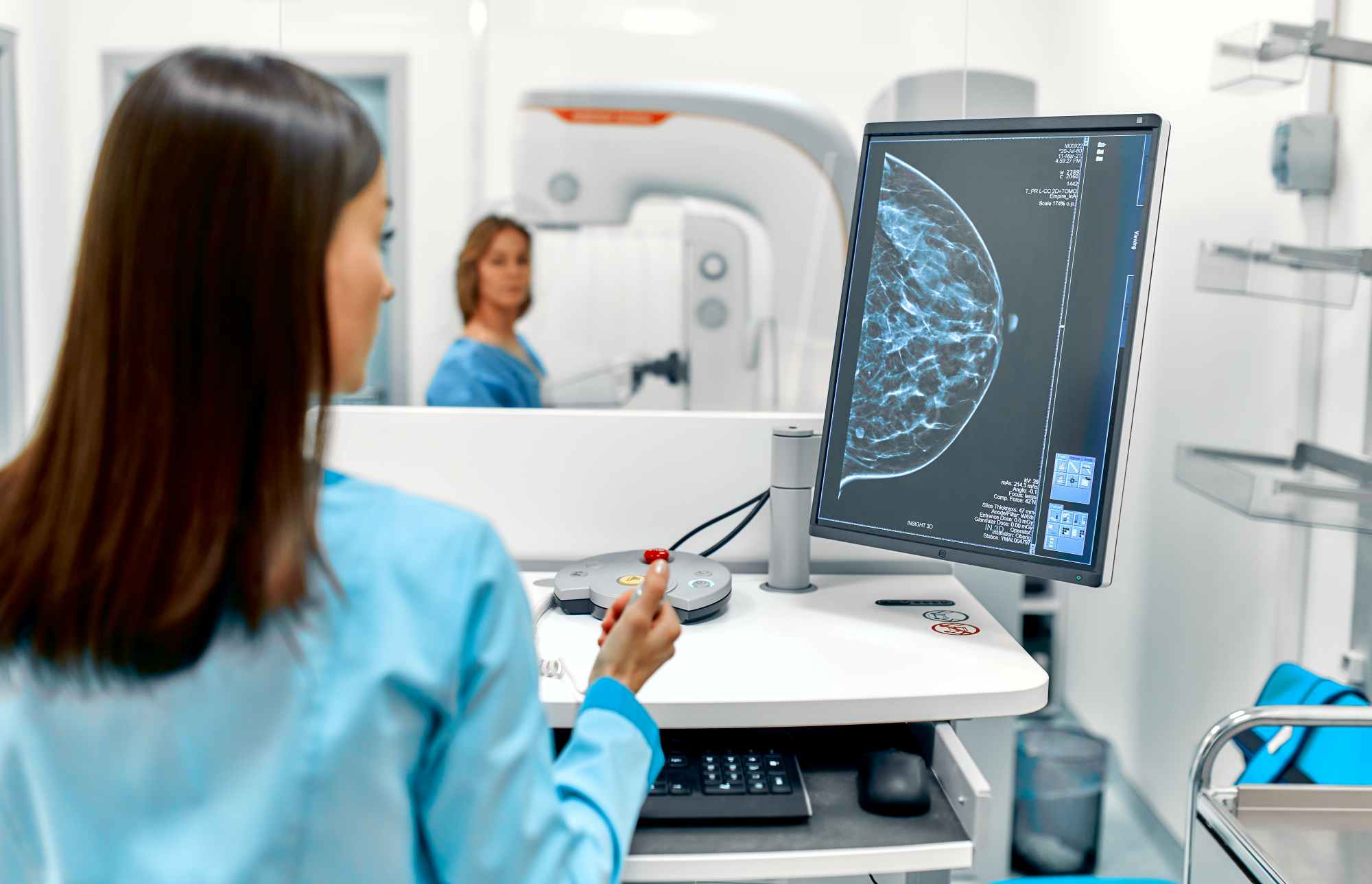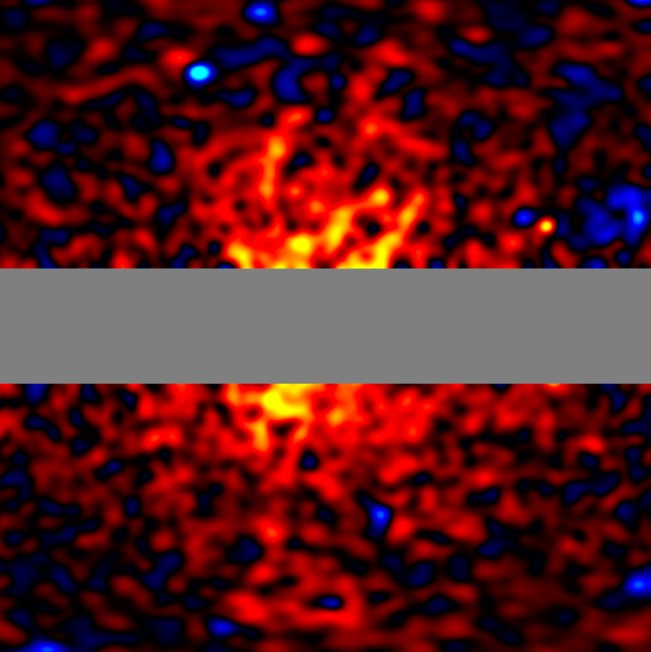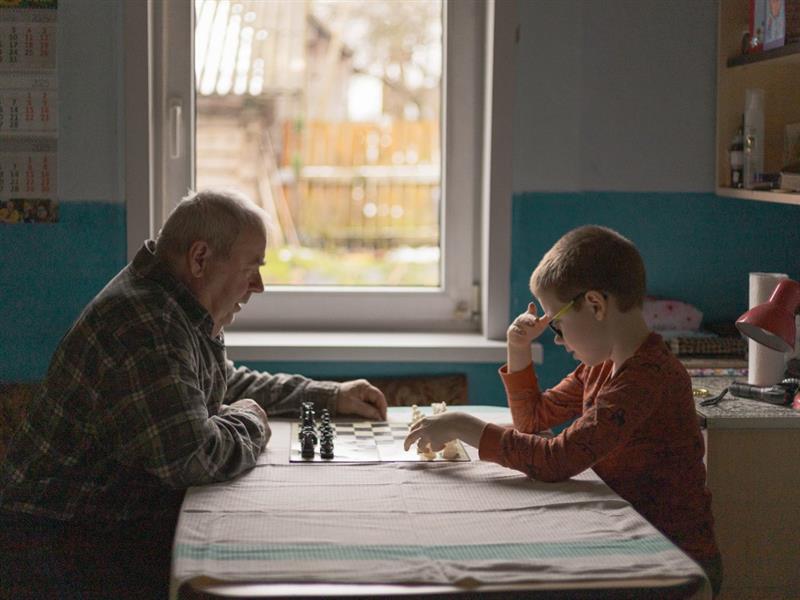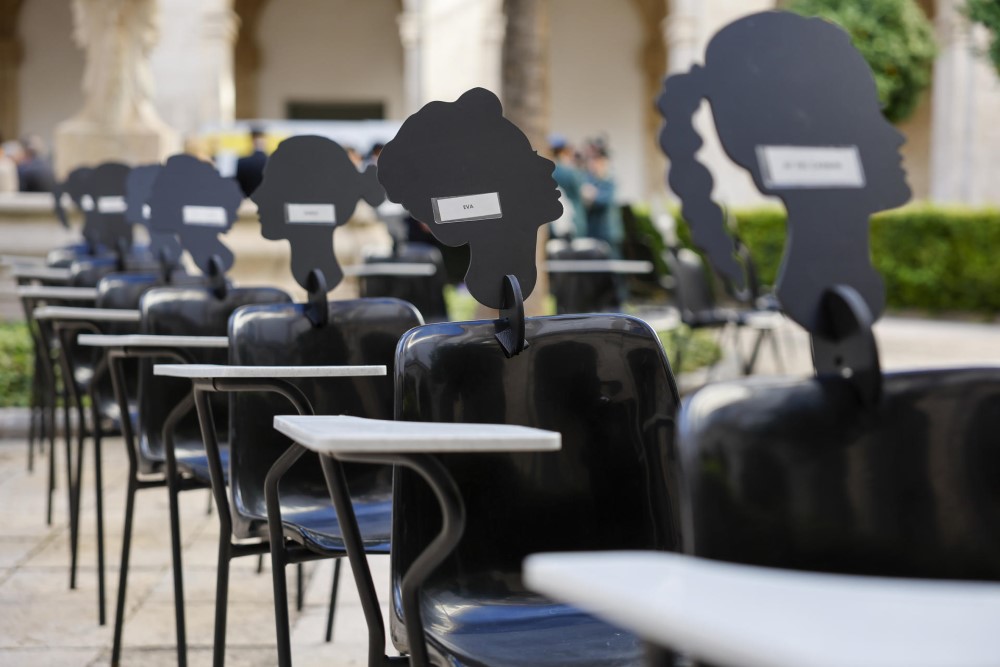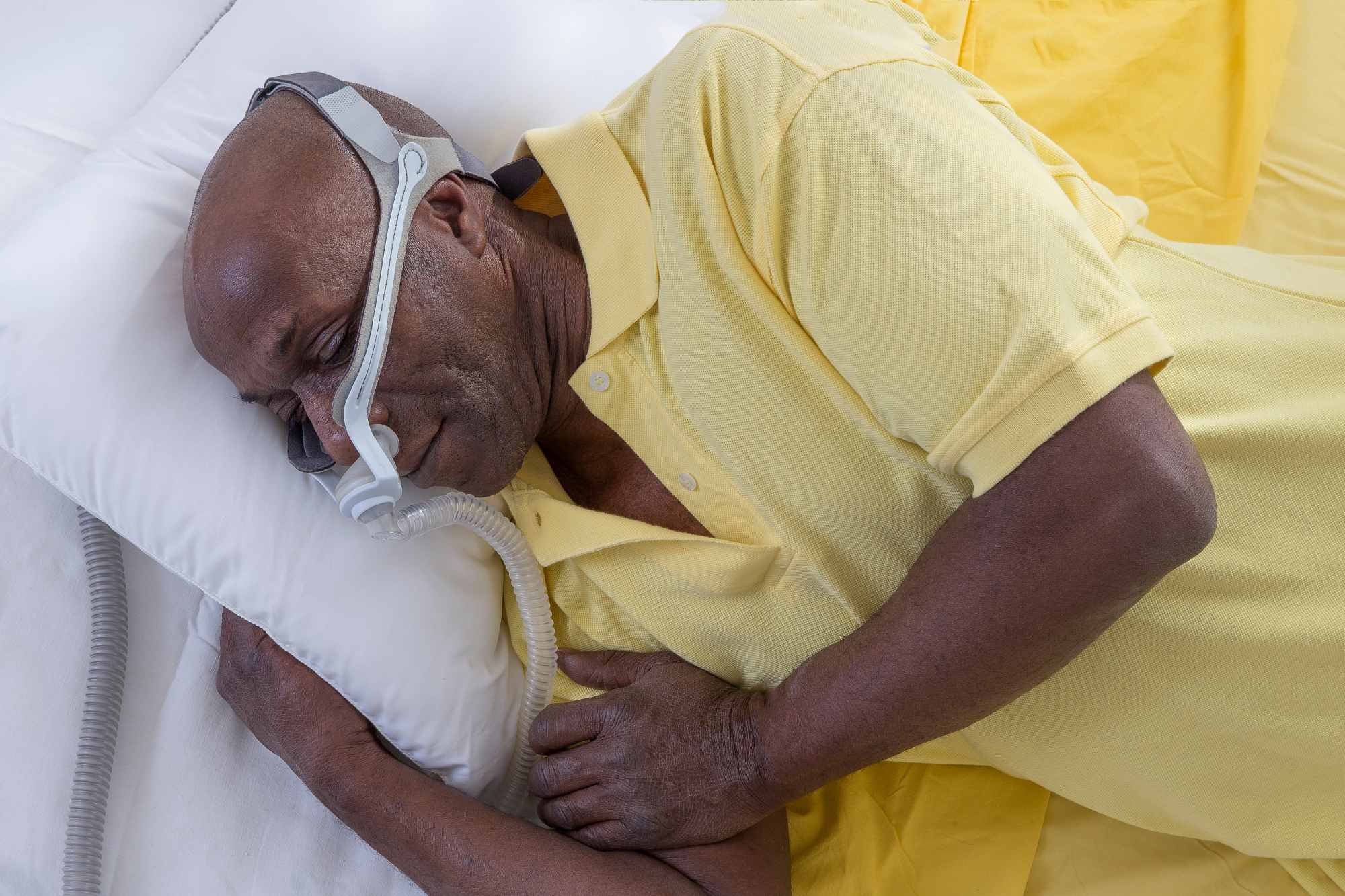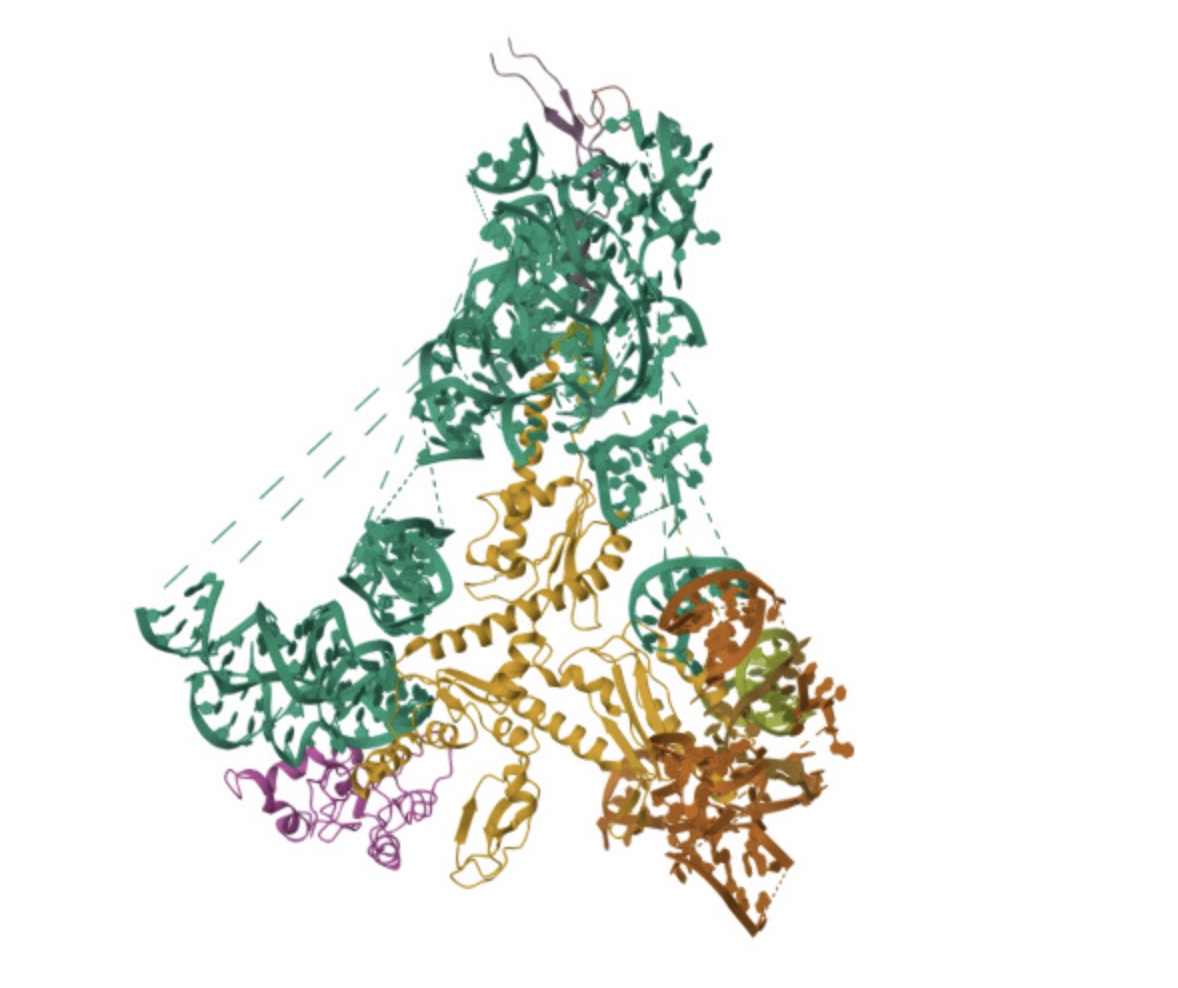An AI tool improves cancer screening in dense breasts
An artificial intelligence (AI) model trained on over 400,000 mammograms and analyzed in a separate sample of over 240,000 improved cancer risk prediction in cases of dense breasts, which are more common in young women or those with a low body mass index. This is an important factor in screening, especially because it can hinder tumor detection. The results are presented as an abstract, not yet peer-reviewed, at the annual meeting of the Radiological Society of North America.
